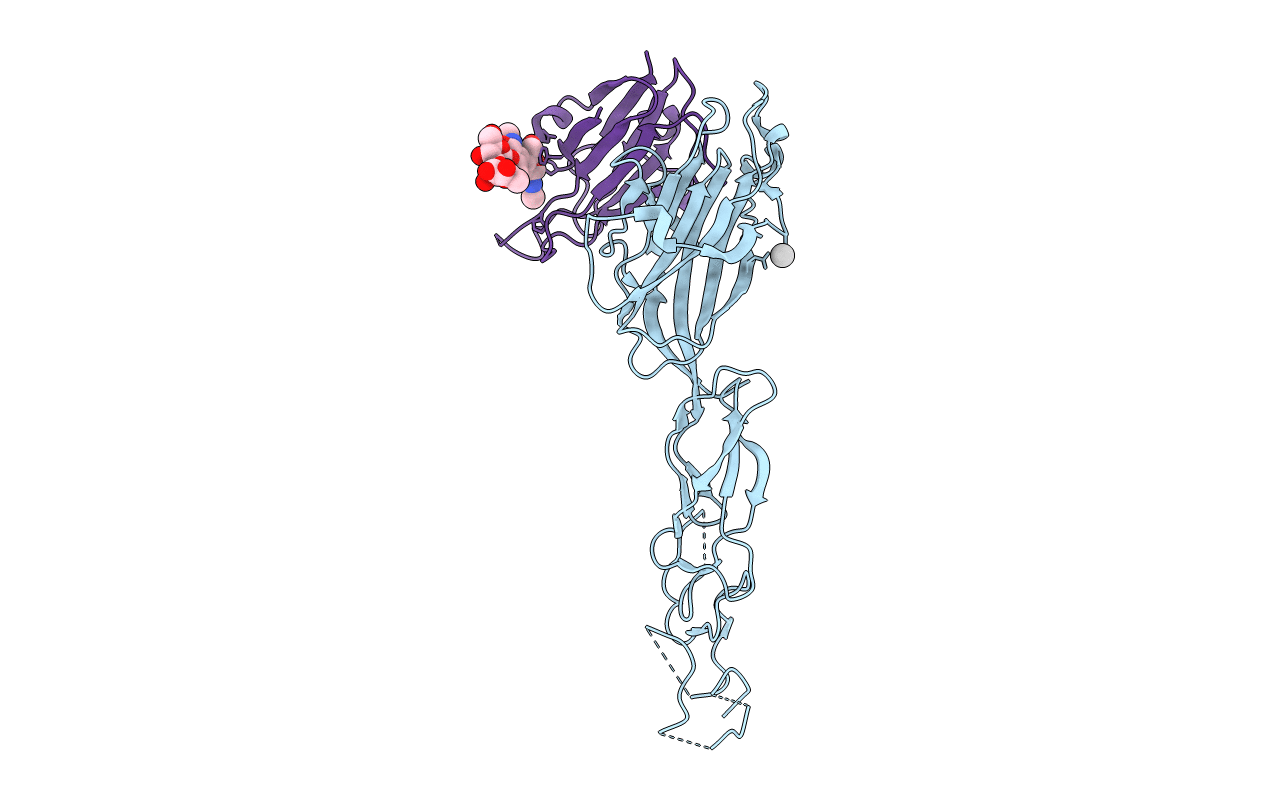
Deposition Date
2010-03-26
Release Date
2010-06-09
Last Version Date
2024-11-06
Entry Detail
PDB ID:
3MBW
Keywords:
Title:
Crystal structure of the human ephrin A2 LBD and CRD domains in complex with ephrin A1
Biological Source:
Source Organism:
Homo sapiens (Taxon ID: 9606)
Host Organism:
Method Details:
Experimental Method:
Resolution:
2.81 Å
R-Value Free:
0.27
R-Value Work:
0.22
R-Value Observed:
0.22
Space Group:
C 2 2 21


